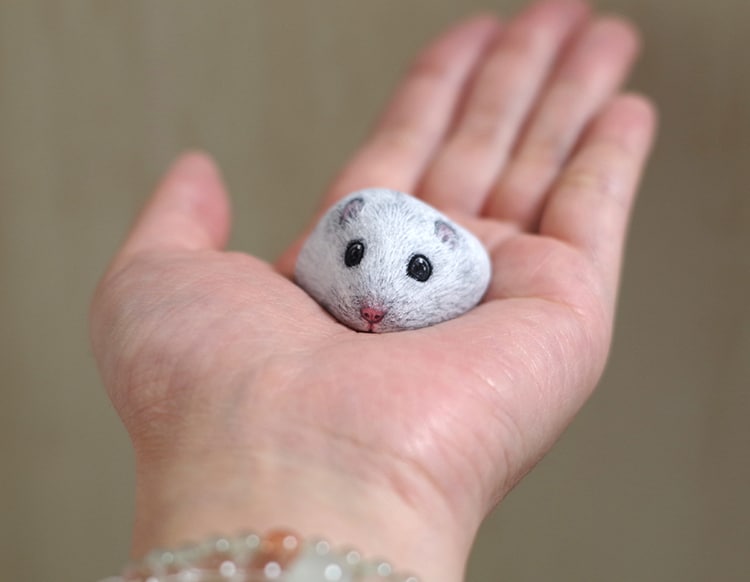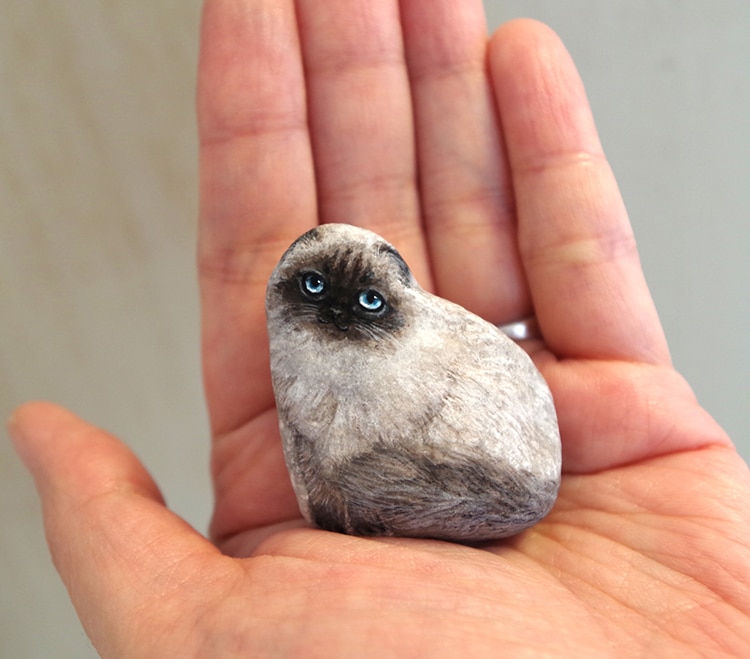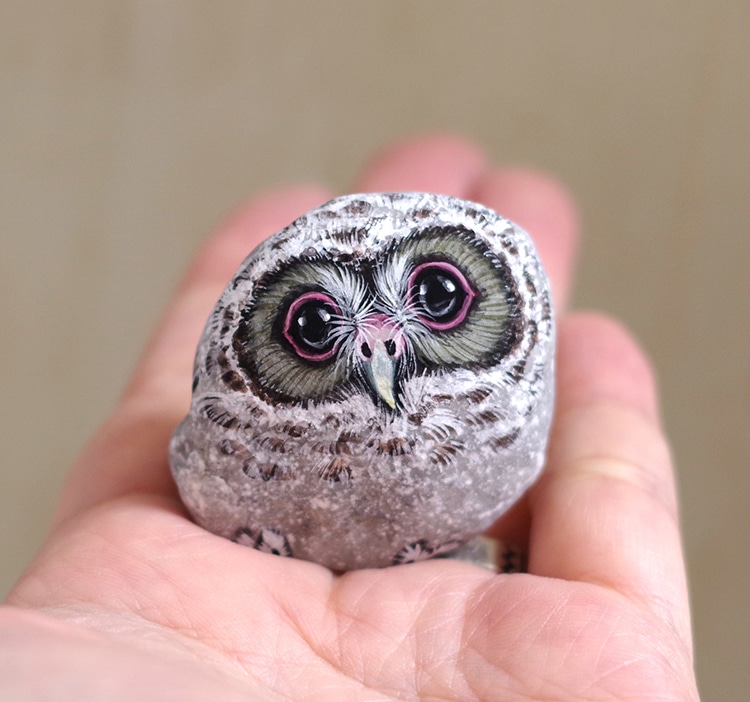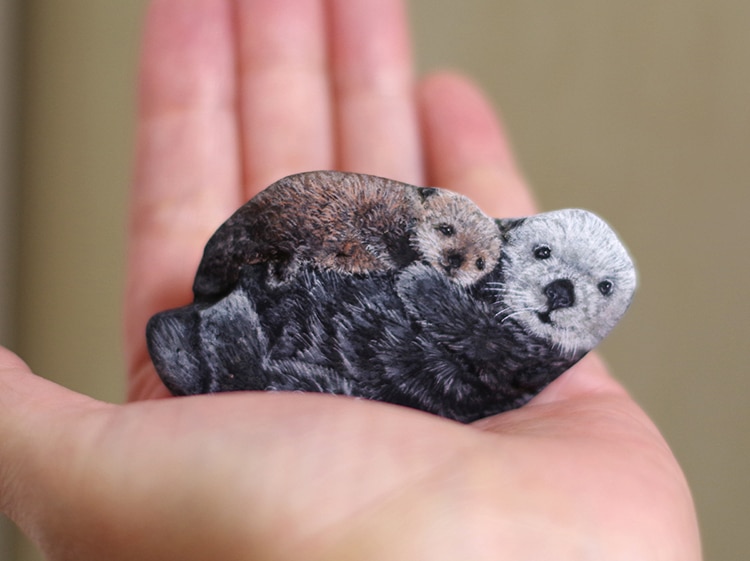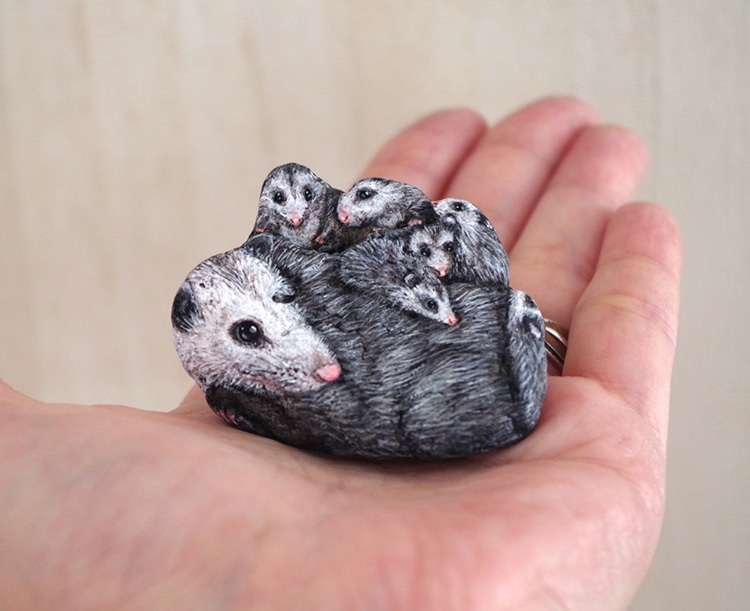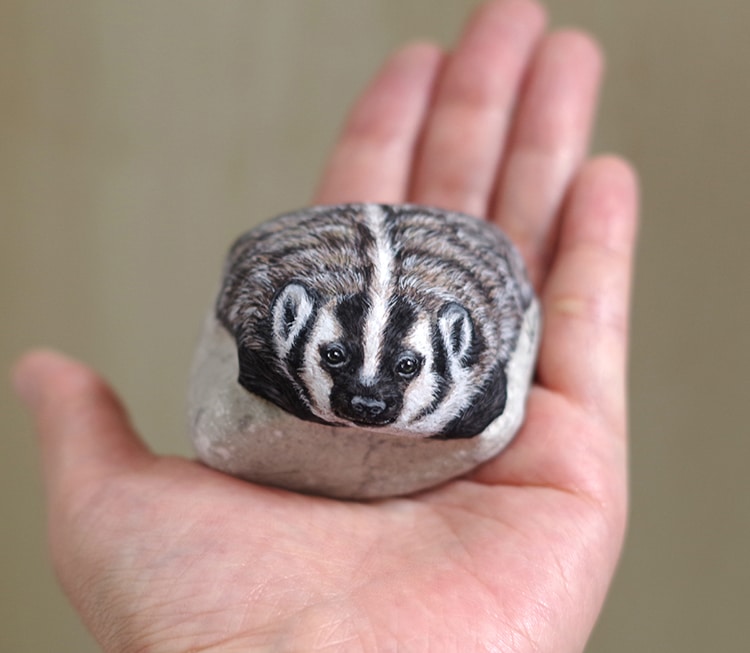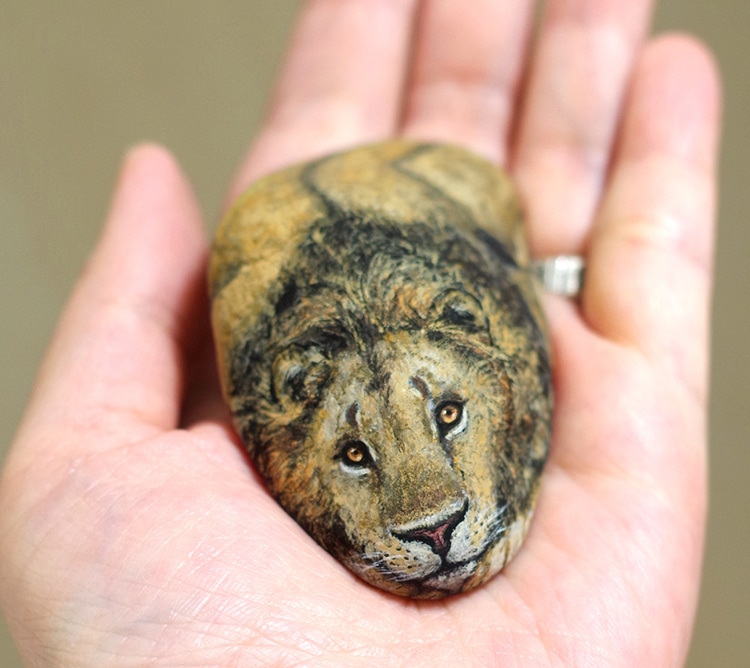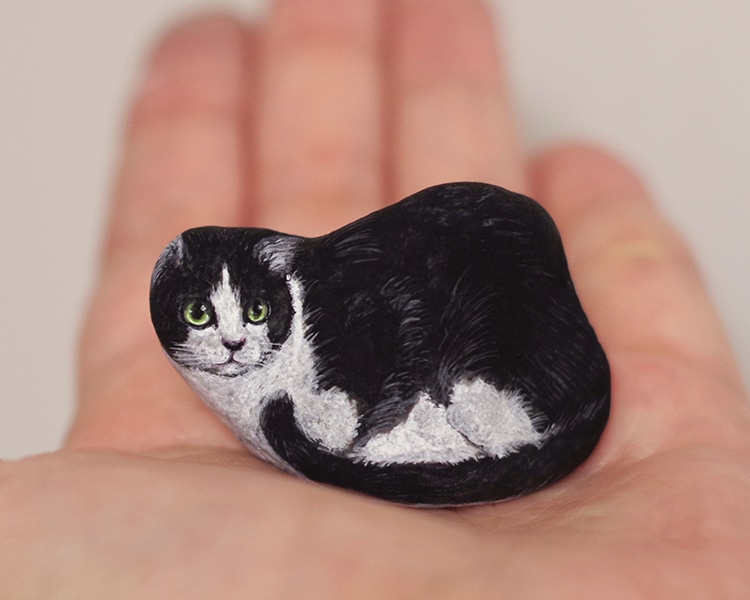Historian Todd Tucker uncovered a story of 36 conscientious
objectors during World War II who volunteered to undergo a year-long experiment—an
experiment to systematically analyze starvation for six months and then systematically
analyze the rehabilitation process. He wrote about his findings in the book The Great Starvation Experiment: The Heroic
men Who Starved So That Millions Could Live (2006).
During and prior to World War II conscientious objectors
were given jail sentences for their lack of “patriotism”, but by World War II
they were allowed to participate in Civilian Public Service (CPS) which was the
first way to deal with the “troublesome pacifist draftees”. The conscientious
objectors under the auspices of the CPS did work in mental asylums, work in
forestry camps, and volunteered as human guinea pigs. There weren’t too many
other options for them.
Evidently being used as human guinea pigs was a big, and not
yet controversial “job” that conscientious objectors filled. With the help of
the army and the CPS and their human guinea pigs, Dr. Ancel Keys conducted an
array of studies on the effects of various vitamins (some of which had only
recently been “discovered”, and his experiments on CPS volunteers were
primarily with diets lacking thiamine, riboflavin, and the B complex as a
whole), the effects of severe cold and severe heat, excessive moisture, thirst,
and the effects of a full month of bed-rest.
As the World War II progressed, Keys became interested in
the effects of starvation and how a starved body could be rehabilitated, and so
conceived the idea of carefully controlling the process of starvation as well
as how to best restore the body. Before the actual experiment, Keys compiled a
list of 372 “Notable Famines in History” that documented the brute prevalence
of starvation, and the list was broken down “Outside India” and “Inside India”
since the frequency of famines raged in that country. Examples follow in
chronological order (but it is interesting to note the long list of Biblical
famines since Keys was an avowed atheist):
Genesis 12:10
11 Kings 6:26-29
Acts 11:28-30
520 Venice, relief sent by Theodoric the Great
1116 Ireland, cannibalism
1574 Gujarat, plague
The experiment was to be of one-year in duration—a
three-month control phase of good eating to establish that everyone had a
well-balanced and uniformed diet for his ideal weight, then the six-month
starvation diet in which each member would lose 25% of his weight (an amount
believed by Keys to conduct the study but not cause serious health risks), and
then the three-month rehabilitation. Throughout the study the test subjects
would have their biological and psychological health measured … for as the
advertisement read when recruiting volunteers: “WILL YOU STARVE SO THAT THEY
WILL BE BETTER FED?” referring to staving off starvation or rehabilitating the
starved in case of future scenarios of starvation.
As World War II began, 34,506,923 American men were
registered for the draft out of a population of 134,000,000. Of these
registrants, 72,354 applied for conscientious objector (CO) status, about
one-fifth of one percent, but 27,000 of these failed the basic medical exam
saving the government the “trouble” of figuring out what to do with them. About
25,000 of the COs who passed agreed to noncombatant service—the 1-A-Os, many of
these army medics (Desmond Doss, a devout Seventh-day Adventist and 1-A-O army
medic, won the Congressional Medal of Honor for his heroism at Okinawa). Slightly
more than 6,000 of the COs refused to perform any kind of national service—most
were Jehovah’s Witness who claimed that every JW was entitled ministerial
exemption, which the government disagreed, thus imprisonment. What remained
were 11,966 men, who opposed any kind of uniformed military service but who
were open to perform some kind of alternative work … these were the men for the
CPS.
The CPS, as historian Todd Tucker puts it, represented the
complete, diverse, befuddling rainbows of American religions—58% represented by
the Historic Peace Churches (4,665 Mennonite, 1,353 Brethren, and 951 Friends)
but in total over 200 denominations with 673 Methodists, the largest group
outside the HPC. There were also 149 Catholics, 17 Seventh-day Adventists, 108
Lutherans, 192 Presbyterians, for example.
THE 36 VOLUNTEERS
Dr Ancel Keys wanted 40 volunteers for the study, but once
all volunteers had been evaluated and screened, there were only 36 … 32
completed the year-long study. Among the 32 who completed the study, all said
that they would volunteer for such a study again as it gave them a since of
accomplishment beyond their service to their country, but a sense of
accomplishment for the world. Surprising to Keys at first was that the majority
of volunteers were intellectuals, those aimed at bettering the world or with
altruistic leanings. These were the men who volunteered to starve so that
through the study future medical workers could better know how to administer to
the healing of the starved.
Of the four who didn’t complete the study were:
Watkins, a 24-yr-old man who early in the starvation period
took to stealing and shoplifting to get food. He unsurprisingly reported dreams
of cannibalism, but what he got removed from the study for was this threats to
Keys of “I’m going to kill you” and beyond worse “I’m going to kill myself”.
After five days in a mental ward with large recuperating meals, he was
stabilized and sent home.
Weygandt, a man who worked in a grocery store but took to
uncontrolled binging so quit the job. He became morbidly neurotic but when
blood appeared in his urine, he had to be dropped from the experiment. Weygandt
did stay and help in the kitchen for the remainder of the experiment—kudos to
him and his sense of teamwork and continuing to the end in what capacity he
could play!
Willoughby and Plaugher, the two jocks in the experiment. To
cope with hunger, they were chewing 40 packs of gum a day, which was
acceptable, however Plaugher took to snitching sandwiches and routinely raiding
the garbage. He was “caught” when his weight numbers failed to decline, and so
admitted to his history of cheating. Willoughby, his close friend and fellow
jock also didn’t show the decline of numbers that the others showed so was
accused of cheating also. He was appalled (1) that he was so accused, and (2)
that his friend would lie to him and cheat while telling him all was well.
Willoughby finished the experiment but Keys, not wanting to risk Willoughby’s
questionable data, didn’t include Willoughby’s data in the final conclusions.
Sam Legg was almost scrapped from the study as well. During
the starvation period, Sam suffered the most weight loss and was undergoing
painful aberrations of behavior—making weird noises over his food, mangling his
finger by dropping a jacked up car on it (originally he tried to mangle his
hand but pulled his hand away just in time to only catch a finger … all because
of his distorted almost hallucinating concept of a plan to get removed from the
study), and then the week following the car incident actually axing three
fingers off while chopping wood. He begged to remain in the study, and
surprisingly was allowed.
STARVATION STUDY CONCLUSIONS
Of the 32 men who made it to and through the rehabilitation
phase—they had dropped on average from 152.7 pounds to 115.6 pounds, an average
weight loss of 24.29%. They had lost on average 1/3 of centimeter in height.
Their total blood volume had been reduced by almost 500 cubic centimeters. The
heart that pumped that blood had shrunk by 17%. They were always cold and body
temperatures had dropped from 98.6°F to on average
95.8°F, with the original average heart
rate dropping from 55 beats per minute in control to just 35 beats per minute,
barely one beat per two seconds. Keys did, surprising himself, corroborate rumors
from other starving individuals that hearing ability intensified in starvation,
which he concluded might be to the wasting of fat in the ear canal which
widened the canal. The starved men all said their hearing was sharpened with
hunger, and they could hear the scraping of plates and the clink of silverware
as they passed houses in the community or listened to food preparation in the research
kitchen.
More significantly and more difficult to measure, the
volunteers’ world shrank—the men had come to Minnesota to be a part of a global
mission to help all of humanity. Now they didn’t care about starving refugees,
or VE day, or self-government inside of CPS Unit 115 (their unit). None had
continued dating as the experiment progressed. TV and News was paid little
attention. Now their world consisted only of the food line, and they didn’t
like dawdling in it at all!
Tips, compiled by Keys, to be offered to future care workers
in starvation centers:
Don’t play with food or make individuals stand in long lines
to get food. Food is serious business and when offered, should be readily
given!
Don’t exhibit unnecessary displays of strength or vitality,
or take two stairs at a time—this is annoying behavior to those suffering from
hunger weakness.
 |
| Dr Ancel Keys - Source |
Other data collected by Keys:
In terms of starvation, women consistently across the globe
seem more durable than men. In German-occupied Greece, males above the age of
20 died at much higher rates than females of the same age. In the Netherlands,
during the famine of 1944-45, the mortality rate of females rose by 73% while
the rates for males rose 169%. In internment camps run by Japanese, men made up
89.5% of all deaths deemed “natural” by the captors. Strikingly, 100% of
suicides in one Japanese camp were men. Listed as logical reasons for women
thriving better under starvation circumstances—men need more food than females,
men work longer after onset of starvation, women seek assistance sooner, and
Keys speculated that the “traditional woman’s attitude of self-sacrifice and
resignation” might be helpful.
ULTIMATE CONCLUSIONS
Despite popular thought at the time that medical aid given
to starving populations required IVs to initiate nutrition on rehab, Keys
believed that the feeding of men, women and children who had reached a
high-level of starvation could in fact take food and that the deterioration of
their digestive tract could sustain normal eating and digestion (p193). IVs
given to such people would not be well-received anyway as the starved people (as
in those in Bergen Belsen and other concentration camps in Europe that were
becoming known about) would view such IV and oral feeding measures as further
experiments on themselves.
Finally, only high levels of calories could rehabilitate the
starved. For the three months of rehabilitation, the 32 volunteers had been
divided into four groups—an additional 400, 800, 1200 and 1600 calories per
day. This was in addition to their basic 1500 calories per day that induced
starvation. Weight hardly changed and so Keys realized that only large
infusions of calories could actually and completely rehabilitate starved
victims. Once the study was over and the volunteers had access to food, it was
quite normal for them at first to seek out as many as 5,000 calories per day,
and one individual even ate a whopping 11,000 calories in one meal without
negative consequences.
MY REACTION
Rather a bizarre study to make when there were actually so
many individuals in the world who had and were starving at the time, so I felt
that creating starved humans for this study wasn’t actually necessary.
Rehabilitating them should have been the greater focus, which unfortunately
wasn’t. Nowadays such a study could never be approved, what with ethics to
humanity. The Hippocratic Oath did exist at the time, strange to say, but I
guess the study was accepted because the men volunteered, and were unpaid
volunteers at that.
It seemed to me, however, that the biggest drawback of this
study was the lack of consequences such a diet had on the 36 volunteers—what kind
of health struggles occurred, loss of vision (although vitamin A was managed to
some degree), how long it took for them to recover their lost weight and did
they feel like they lost some of their former vitality? The consequences of the
study were in the write-up to get volunteers but I feel like little time was
given to long-term effects of the starvation experiment … probably because the
experiment actually concluded a few months after World War II was over, and
everyone just wanted to forget the war and take up life where life had left
off!

























